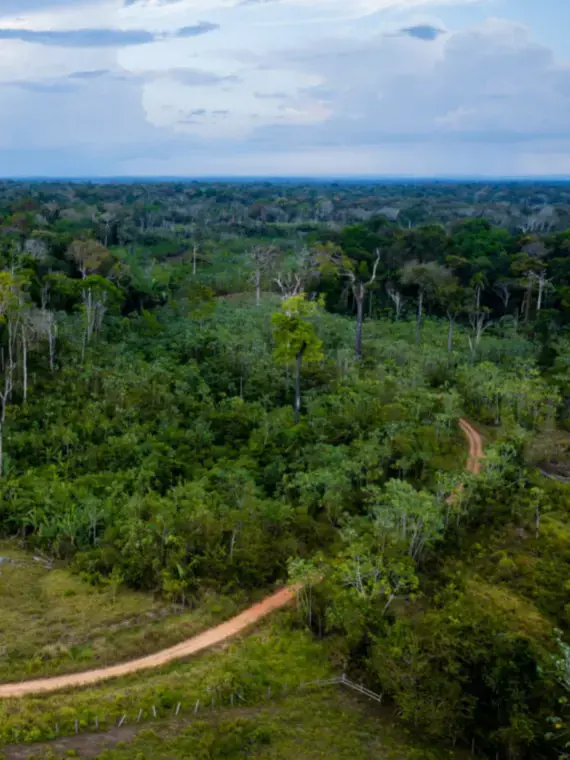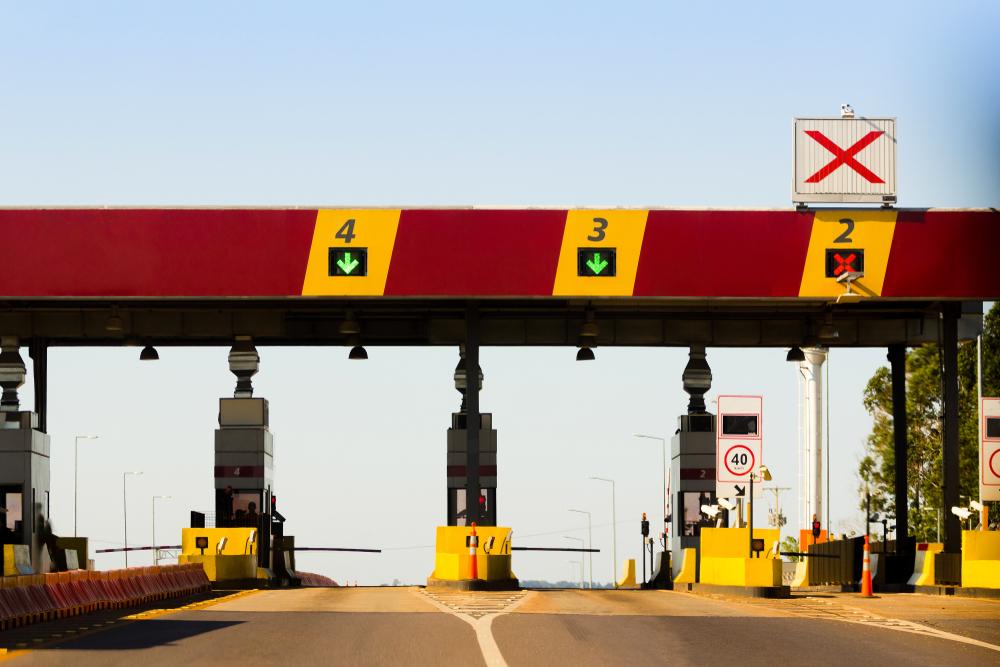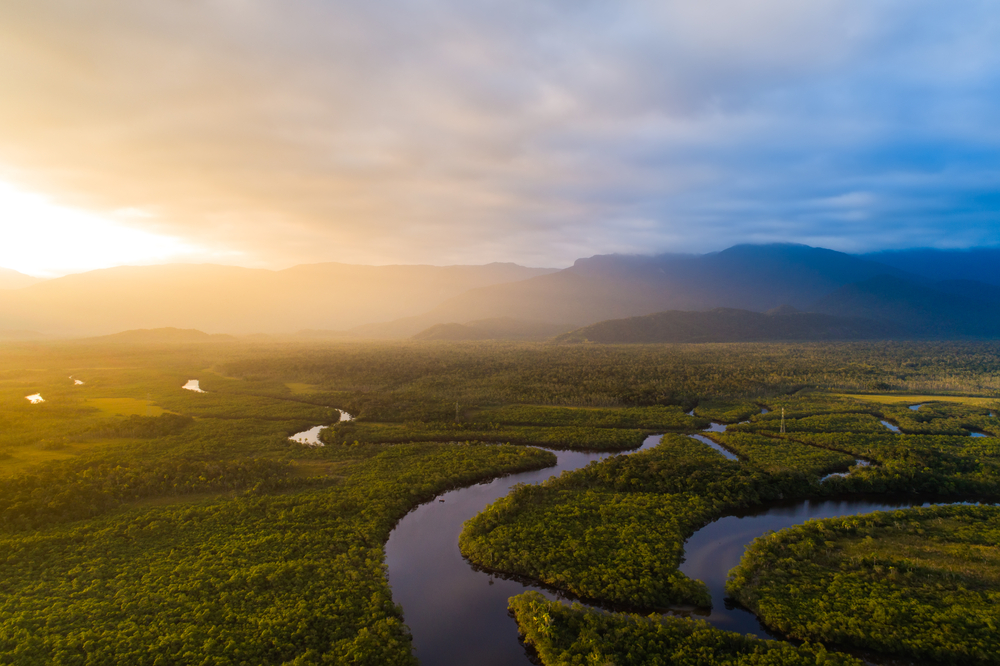Conceived in the late 1960s during the military regime, the Baron of Rio Branco project is now being revived by Bolsonaro's presidency. The plan is to build a hydroelectric dam in the Trombetas river, a bridge over the Amazon river, and to extend the BR 163 highway all the way to Suriname. All of that would happen in the "Calha Norte" region, state of Pará, which forms the largest corridor of tropical forest in the world. 81 percent of its area is protected by conservation units or Indigenous/quilombola lands, a total of 22 million hectares (similar in size with the UK's land area). This team is focused on two points:
- Cachoeira Porteira: The area where the government plans to build a hydroelectric dam is the home of many quilombola and Indigenous communities, which would disappear under the water. One of these affected communities are the Kaxiyanas, a tribe that was removed in 1968 during the first attempt to build the dam. They were relocated to the Tumucumaque Park (TP) at the border with Suriname. Since then, a group of families undertook a painful return to their original land. Now, they are again at risk.
- Tumucumaque Park: The highway proposed by the government would cross this Indigenous park that shelters more than 50 villages of five ethnicities. In the 1970s, a religious mission located at a military base attempted to "civilize" them, but they resisted. Based on this past, they are now organizing to fight Rio Branco`s Project.











